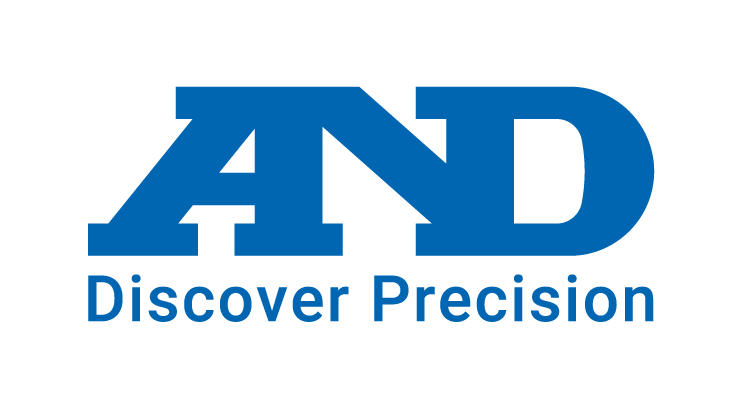A&D has been developing electronic balances since its inception 30 years ago. When the company was founded, it felt as if the company was always trying to catch up with industry leaders, who had over 100 years of experience. However, the company’s establishment coincided with a period of advancements in the digitization of measurement devices. Furthermore, we seriously pursued cost performance by both drawing out basic performance and cutting costs. This increased profits in a comparatively smooth manner short time after the company was founded. As a result, our share of weighing instruments in Japan is over 60% based on units sold. However, the high-precision end of our lineup has only reached semi-micro analytical balances with a minimum display of 10 µg.
There are currently no manufacturers producing micro-balances in Japan and there are only a few recognized manufacturers in the world. That is why entering the micro-balance market has been a longstanding issue for A&D. While the economy still has not recovered from the effects of the financial crisis of 2008, crisis can present opportunity. We felt that it was imperative for us to develop micro-balances in Japan, so several years ago we started product development.
During development, we focused on measurement performance, which we felt was the most important issue. In other words, our main goal was to somehow decrease the various disturbances that cause trouble during measurement at the microgram level, and yet make the balance easy to use. We knew from our experience producing balances that static electricity is the biggest problem for analytic balances with a minimum display of 0.1 mg or less. We have established that the biggest cause of error when measuring in the winter on the Pacific side of Japan, where the humidity is 40% or less, is static electricity, not only from the sample being measured, but also from the user.
In addition to static electricity, a slight temperature difference between the sample and atmosphere and the resulting convection also cause measurement errors. Buildings swaying from wind or vibrating slowly after earthquakes can also cause unstable measurements. People are generally not conscious of low frequency vibrations or static electricity, so the resulting unexplained variation in measurement results is seen as a hard-to-solve problem unique to the site.
There are three ways to eliminate the abovementioned problems (excluding vibration): (1) proactively eliminate static electricity from the sample, (2) reduce the influence of breezes, including convection from heat, and (3) shield the balance from external static electricity. When we set out to develop the new balance, we aimed to add these three features. It took three years to realize these advanced functions as we tackled these issues one by one. A fanless, direct-current ionizer to powerfully eliminate the charge of the sample without generating a breeze and a dedicated anti-static chamber were installed. A double-ring breeze break structure was used to retain usability. A glass breeze break with added electrical conductivity was used to create a strong shielding effect against external static electricity sources, including the operator.
The development of these technologies led to the release of the BM Series of micro-balances. The BM Series of analytical balances has many advanced functions. It can eliminate charges of several kilovolts from items in one second or less without generating a breeze. Its (open-space) weighing chamber, with no secondary breeze break inside the breeze break, retains a level of usability comparable to standard analytic balances and is capable of a repeatability of 2.5 µg. Finally, its static shielding keeps measurement values stable even when the user, who may have a charge buildup of 10 kV, comes near.
The BM Series has six models with a maximum resolution of 1/25,000,000, with the 3 main models having high resolutions of 20 g x 1 µg, 250 g x 10 µg, and 500 g x 0.1 mg. This series is positioned as an advanced analytic balance that can measure at the microgram level but is available at a reasonable price.
We envision the BM Series being used in many fields. For example, it can be used for measurement of dust required for environmental measurements, PM measurements as prescribed by European automobile gas emission regulations (Euro4, 5), sampling and injection for chemical analysis, and the management of micro-coating amounts, micro-extractions of powder, and quantity management of coating material.
We can see several target users for the BM Series. This includes researchers using current semi-micro balances (10 µg) who want to move up to measurements of 1 µg and quality control staff who want stricter measurement accuracy but are unsure about using the expensive micro-balances currently available. The BM Series provides these users with balances with the same level of usability as existing balances but a better level of precision. By stressing its quality performance, we hope that the BM Series will be widely known as an analytic balance that stresses performance and contributes to the analysis field through its strong cost performance.

